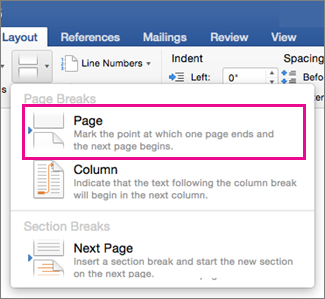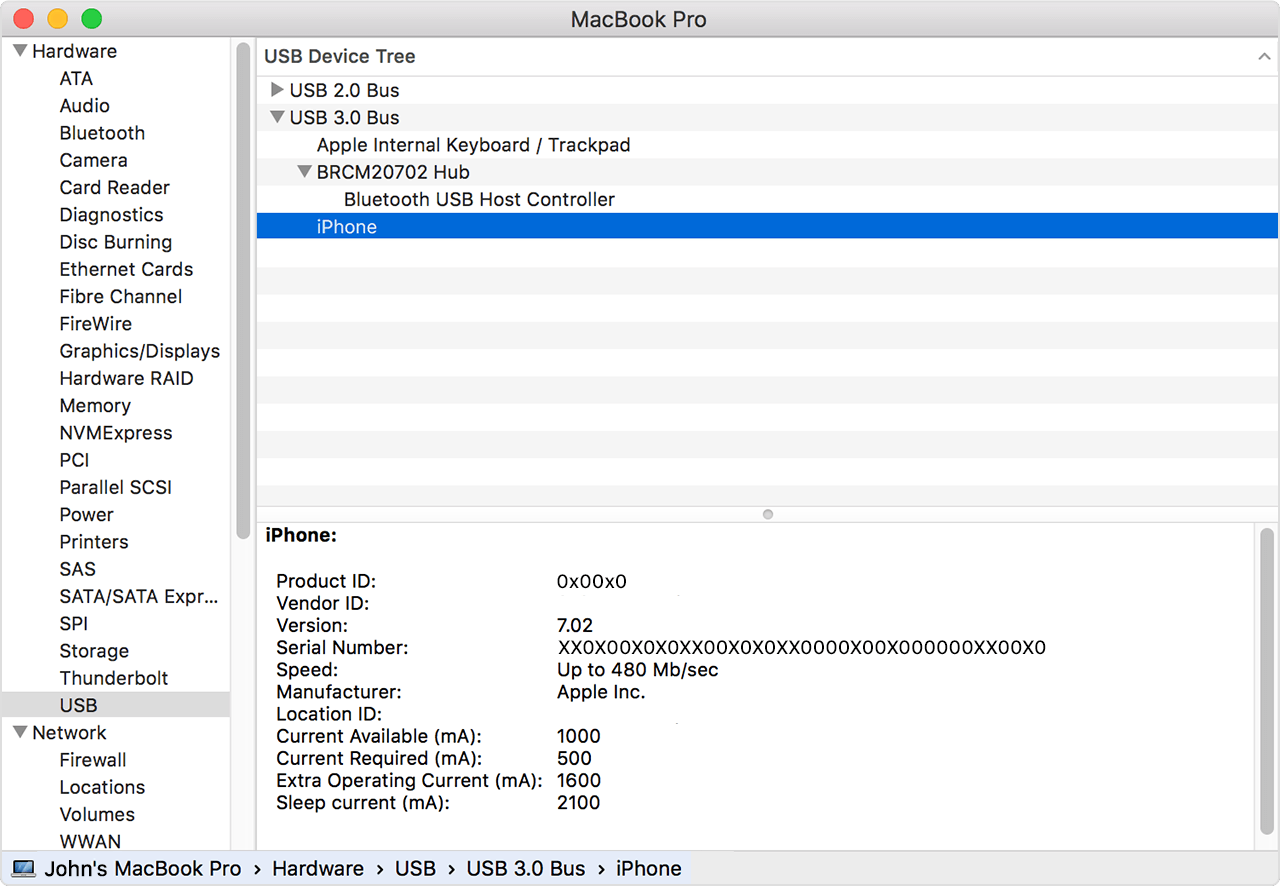How To Reinstall Itunes For Mac
Reinstalling the iPod software is the easiest way to resolve the issue. Restoring an iPod's operating system removes all existing data and files, so make backup copies of your music and video files before proceeding.
VLC Media Player: Let us start the list of best Mac video players with VLC. It is already known as the best video player for Windows and Android devices it is known for its user-friendly interface and because of its easy keyboard controls it is very popular among the users. Video player for mac best for projector.
ITunes is arguably the most important application Apple has ever released, and is installed on of Macs and PCs around the world. Although no longer necessary for the use of iOS devices, iTunes is still an important portal for managing, purchasing, and enjoying digital media. But some users just don’t like iTunes, and prefer to use other media software like,,.
For these users, it’s easy to uninstall iTunes in Windows, but a bit trickier for those running OS X. Don’t fret, however, as there’s a relatively simple workaround. Here’s how to uninstall iTunes in Mac OS X. Unlike Windows, iTunes comes preinstalled as part of OS X, and is considered “required” software by operating system.
If you therefore try to simply drag the iTunes application file to the Trash, the system will stop you and present a warning message. The warning is a bit exaggerated, of course. ITunes isn’t required for the basic operation of OS X. Sure, you might need to play media files from time to time, but QuickTime (which is unaffected by the steps presented in this article) can handle any playback needs. To disregard OS X’s warning and uninstall iTunes, navigate to the Applications folder and find the iTunes app file (/Applications/iTunes.app). Right-click (or Control-click) on iTunes and select Get Info. Locate and click on the padlock icon on the bottom right side of the window and enter your admin password.
 Admittedly, that was over two years later than the original deadline. The speedy retirement of Office for Mac 2008 is not new: for Office for Mac 2004, which was shut down in January 2012.
Admittedly, that was over two years later than the original deadline. The speedy retirement of Office for Mac 2008 is not new: for Office for Mac 2004, which was shut down in January 2012.
This is necessary in order to make changes to the app’s permission settings. Next, expand the Sharing & Permissions section of the window if it’s not already visible and change the privileges for “everyone” to Read & Write. This will give us complete control of the iTunes application so that we can override the operating system’s warning and delete it. Close the Get Info window and try again to drag the iTunes application file to the Trash.
This time, there’s no warning, and the file is immediately trashed. Empty the Trash to complete the process. ITunes is now no longer installed on your Mac, and you’re free to install and use the third-party media software of your choice.
If you wish to reinstall iTunes, just launch the Mac App Store’s Software Update section (or the old standalone Software Update if you’re running a version of OS X prior to Mountain Lion). With iTunes absent from your hard drive, Software Update will automatically offer to install it for you again. Alternatively, you can and launch the iTunes installer from Apple’s website. It should be noted that the steps discussed here do not affect your iTunes library file or your actual iTunes media, both of which are stored outside of the application file we deleted.

This means that if you later reinstall iTunes, you can point it to your old iTunes library and pick up right where you left off. It also means, however, that if your goal is to scrub all vestiges of iTunes from your Mac — including your library and media files — you’ll need to find and delete those files as well, which are located by default in the user’s Music folder. Want news and tips from TekRevue delivered directly to your inbox? Sign up for the TekRevue Weekly Digest using the box below. Get tips, reviews, news, and giveaways reserved exclusively for subscribers.
The following is a list of a few common circumstances that call for a re-installation: • The version of iTunes that you installed was corrupted, so either iTunes or QuickTime did not work properly. • The installation process was interrupted, so it is incomplete and the programs are not functioning anymore.
• You lost all the data on your machine due to a virus or some hardware problem, and now you need to reinstall iTunes again. • Instead of updating iTunes to the latest version, you want to reinstall the application from scratch. • You accidentally deleted iTunes from your machine. • Your iPhone or iPod does not sync with the iTunes library when you ask it to, or iTunes does not recognize the iPhone or the iPod at all. • QuickTime does not play videos when you want it to, and it lags a lot. For Windows • Go to the Start menu. • Click on Control Panel.
• Click on Add or Remove Programs. • Select iTunes and QuickTime from the resultant list that opens. • Click on Install/Uninstall to remove all traces of it from your machine.
• Now go to the official Apple website. • Download and save the latest version of the free iTunes installer. • Run the installer and change the settings of the new installation as per your preferences For Mac • Click on the Macintosh HD button. • Double click on the Applications icon. • Select iTunes and QuickTime from the resultant list. • Drag them to the Trash Bin on your desktop, to delete the bundle and all related files.